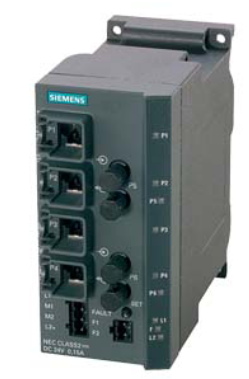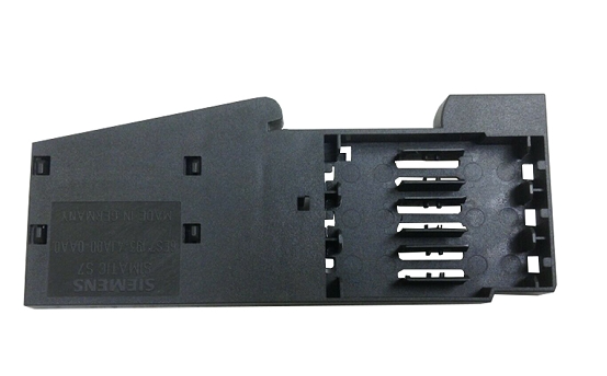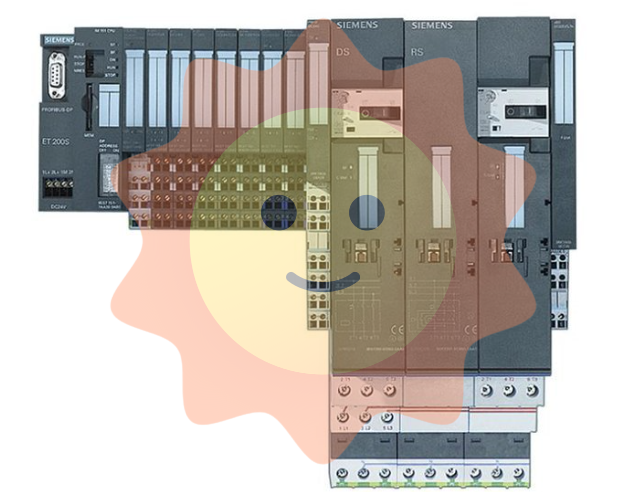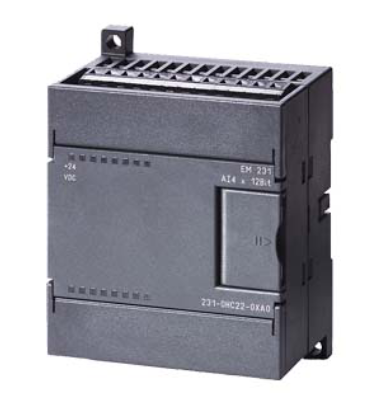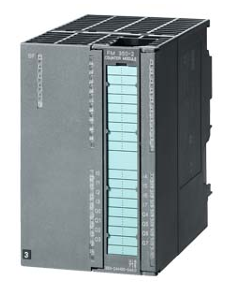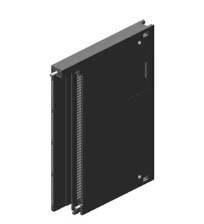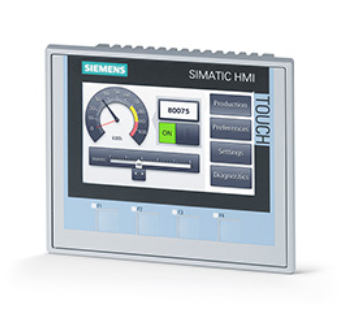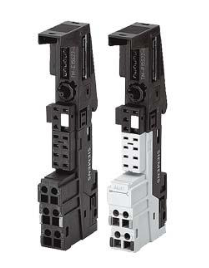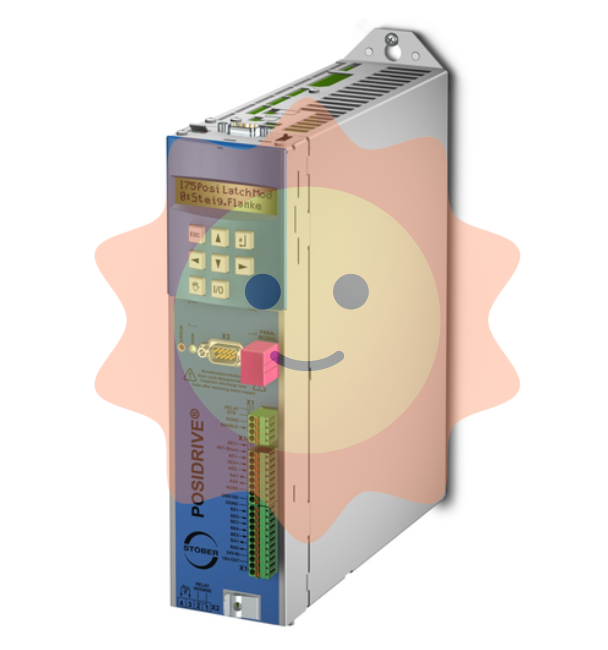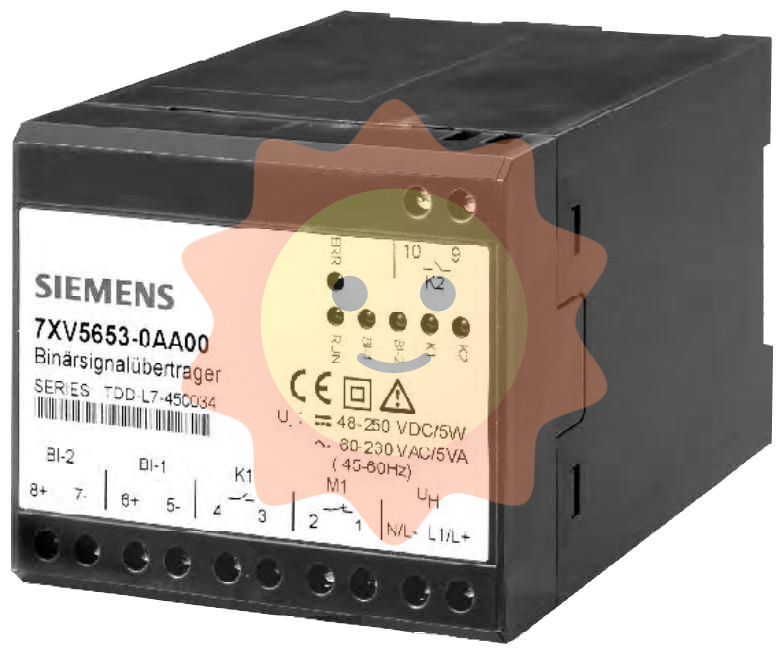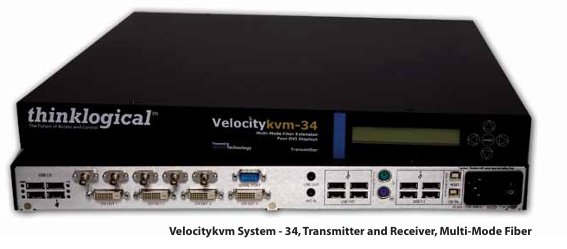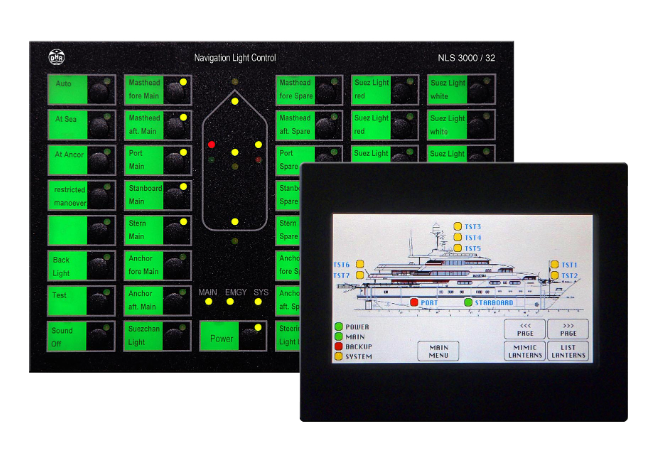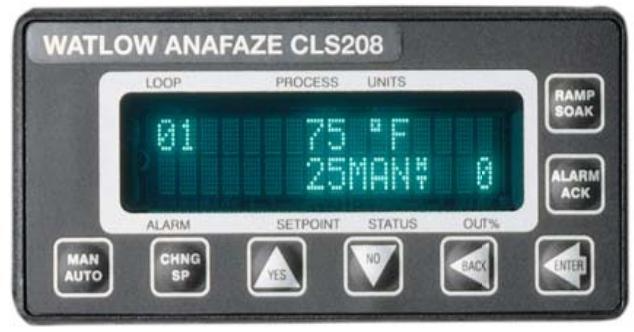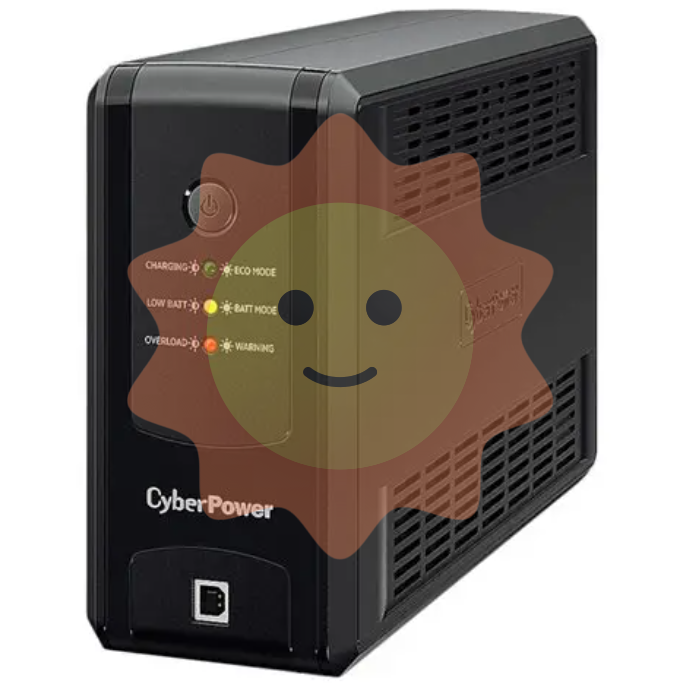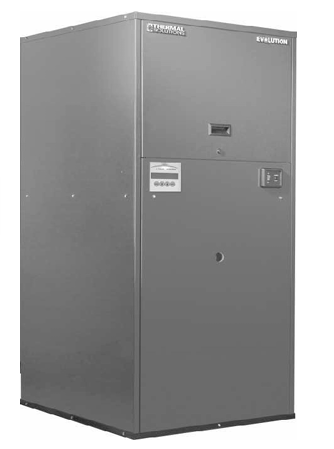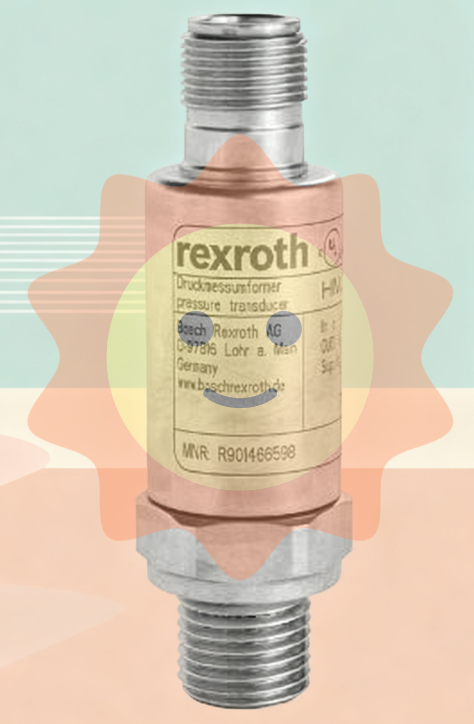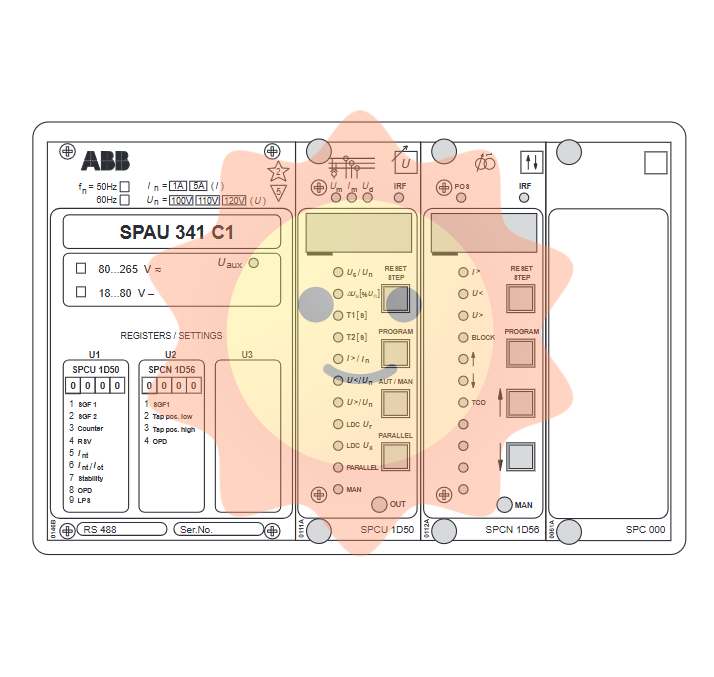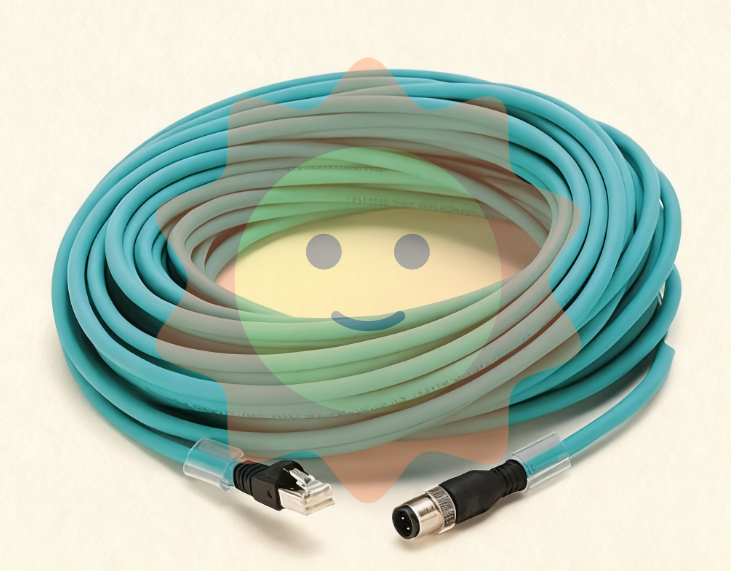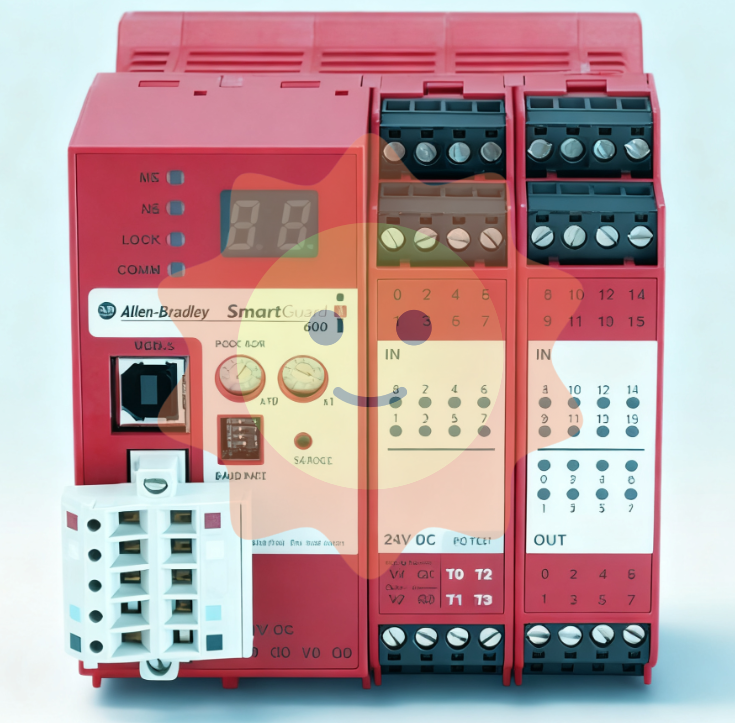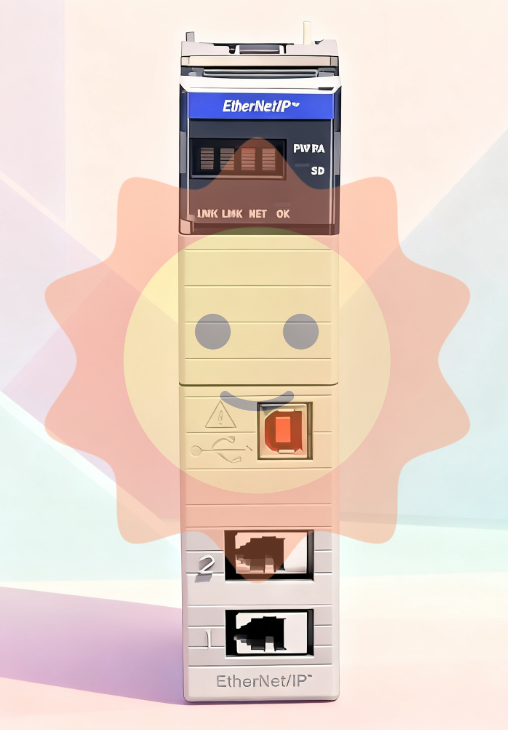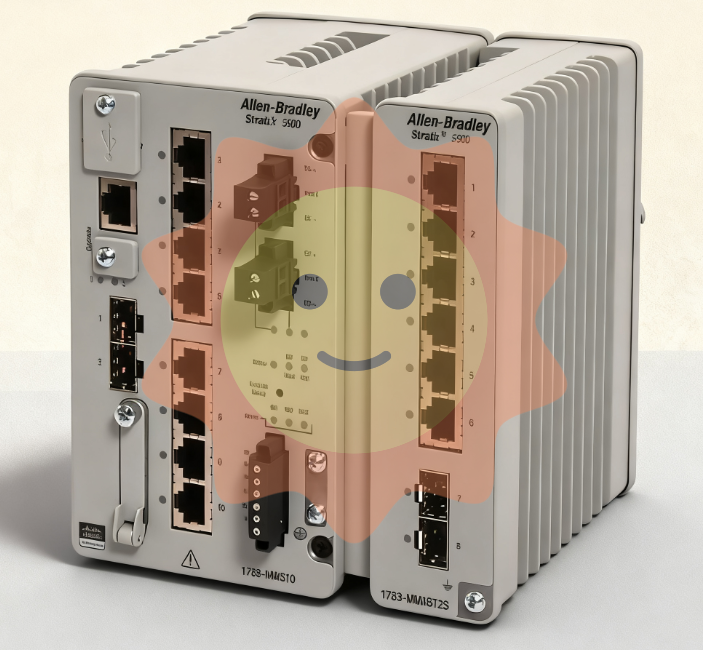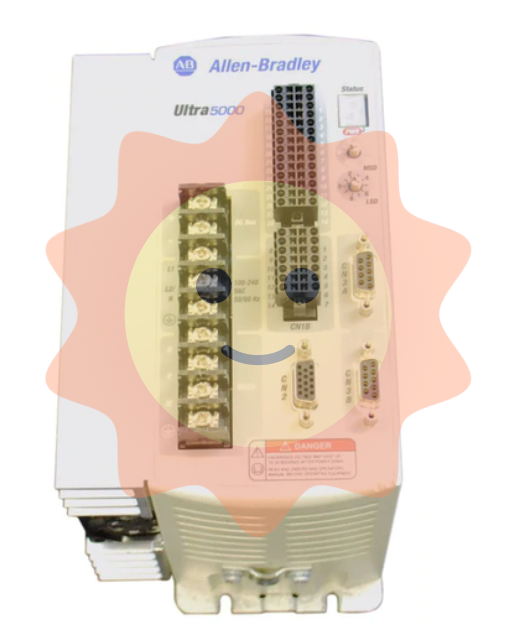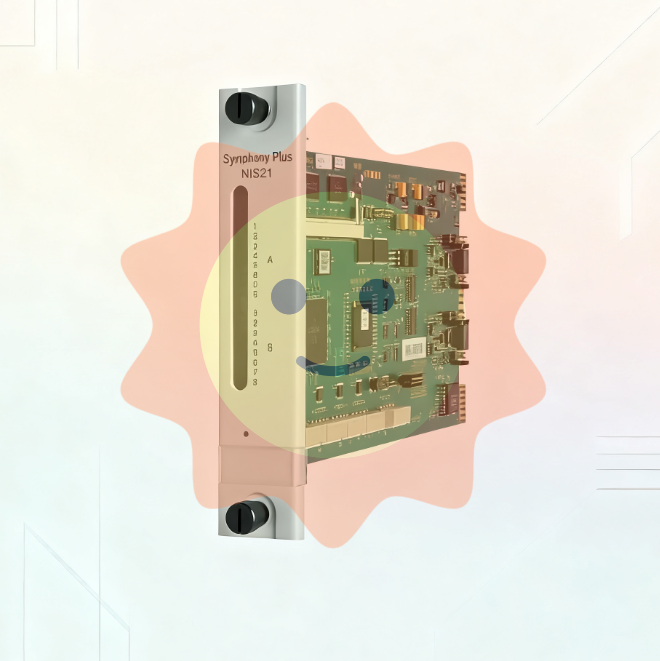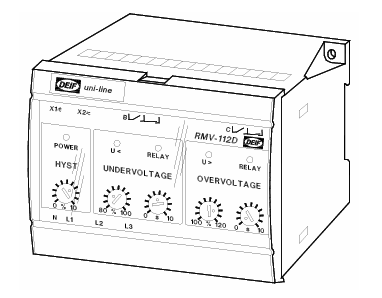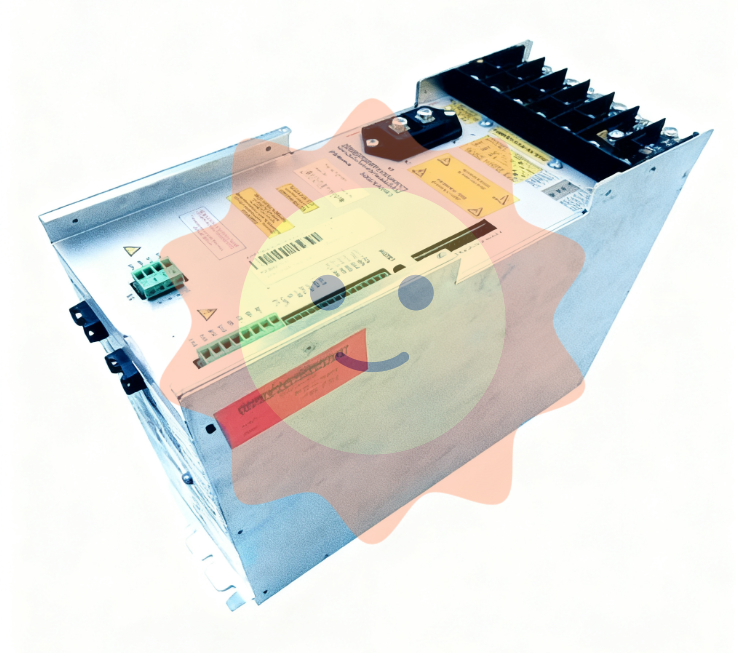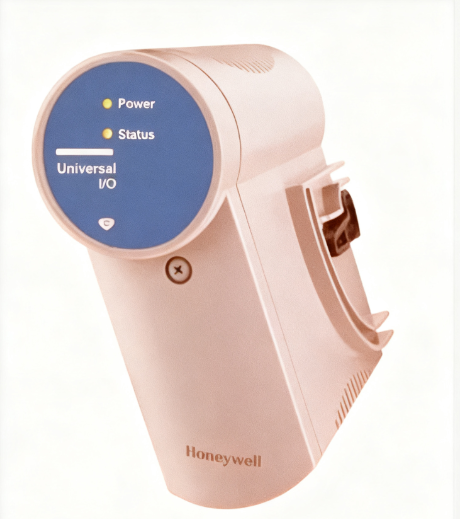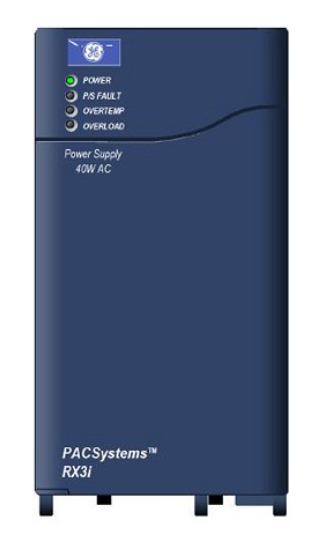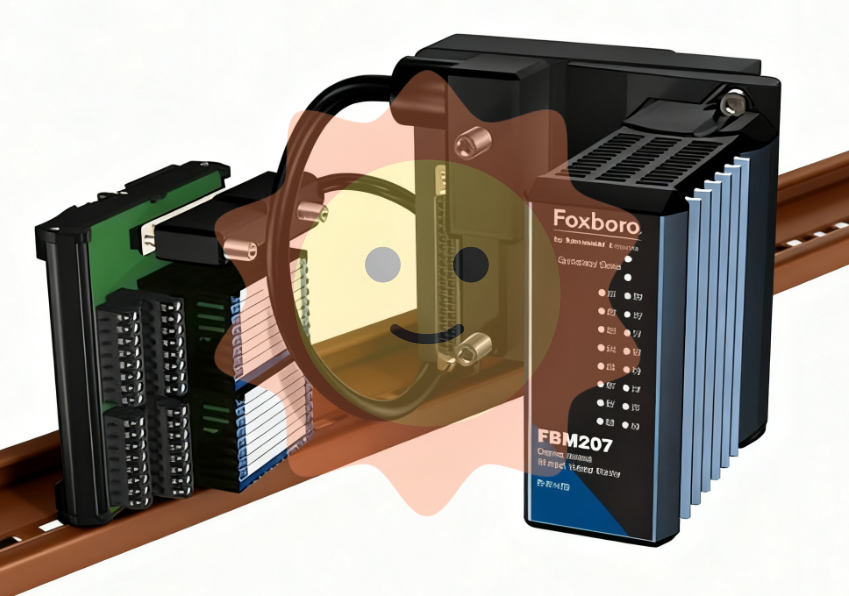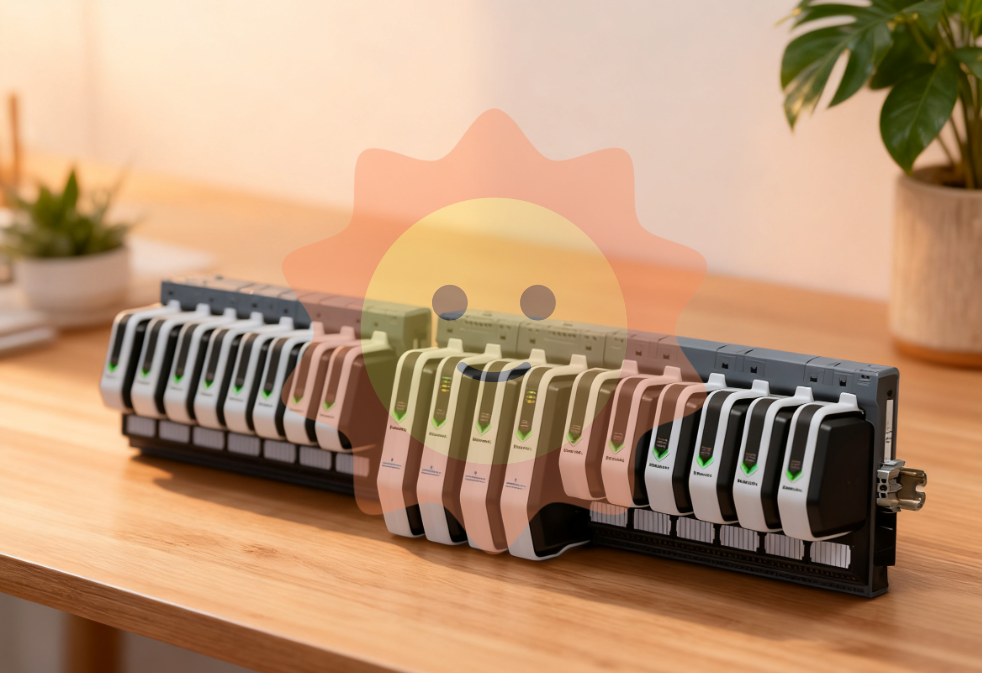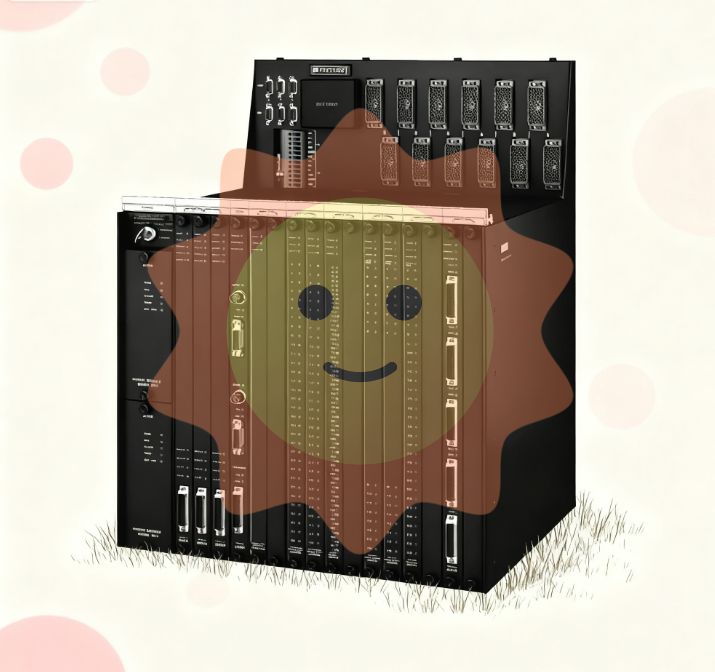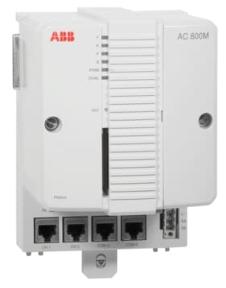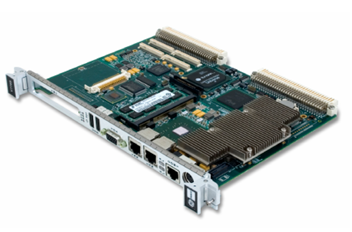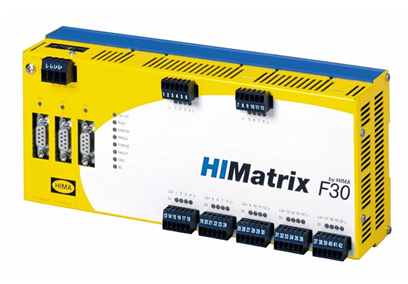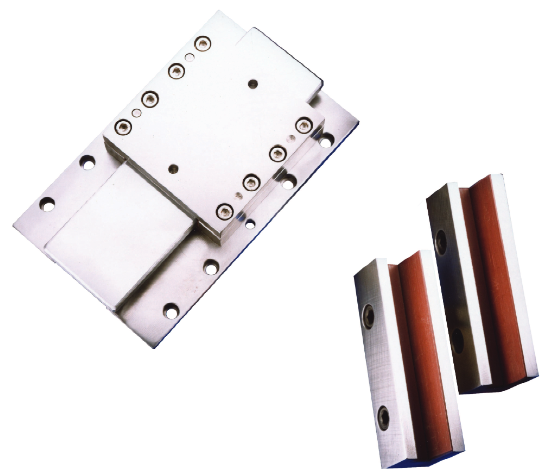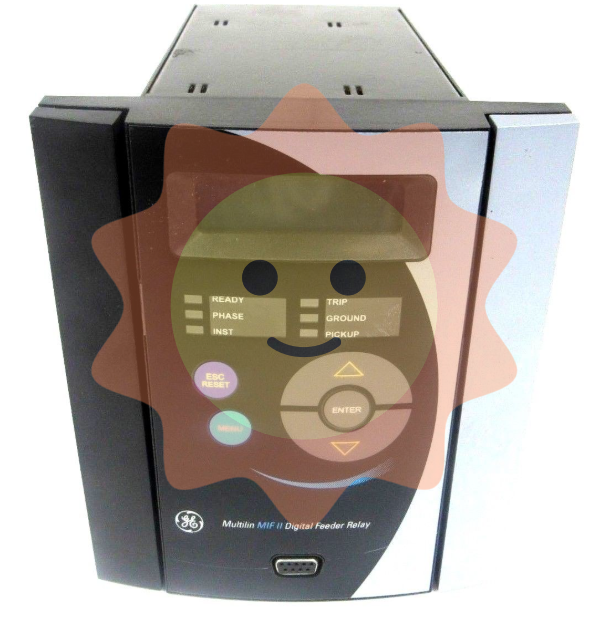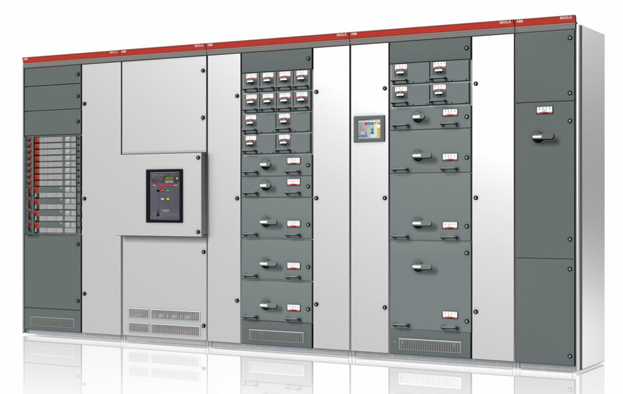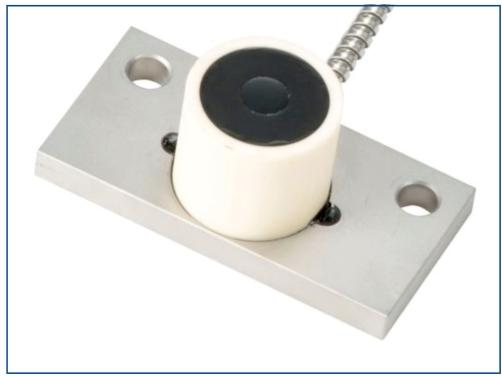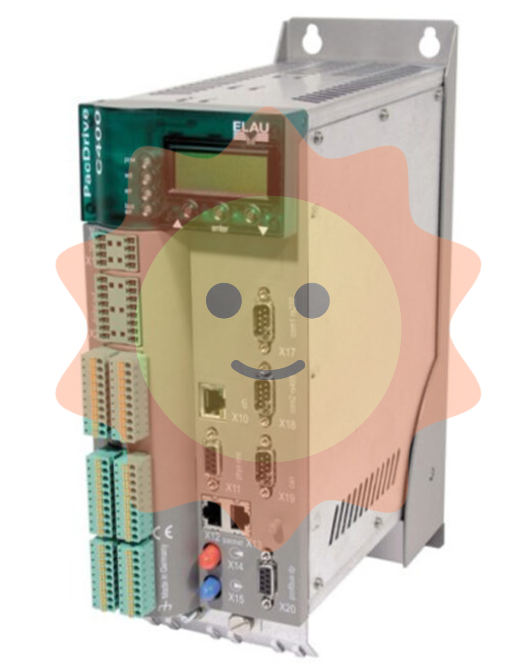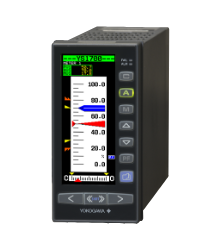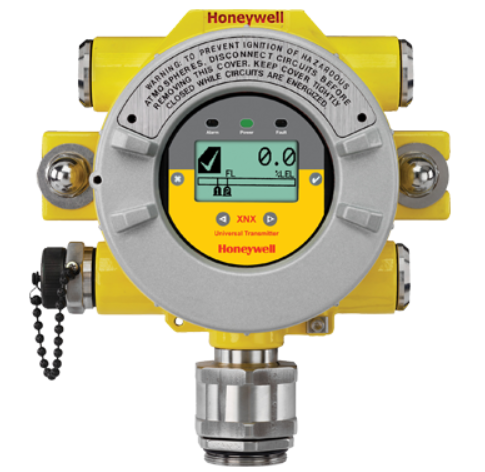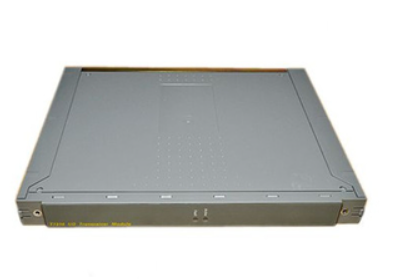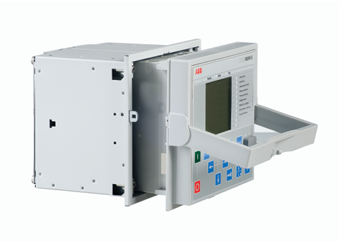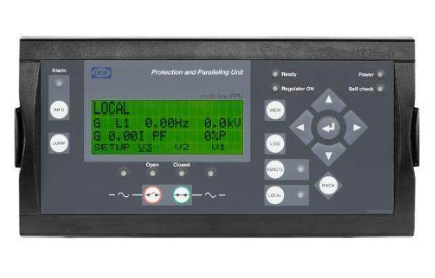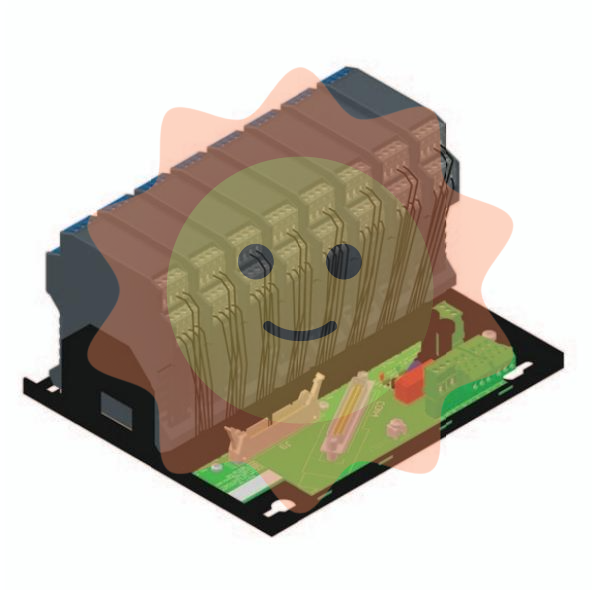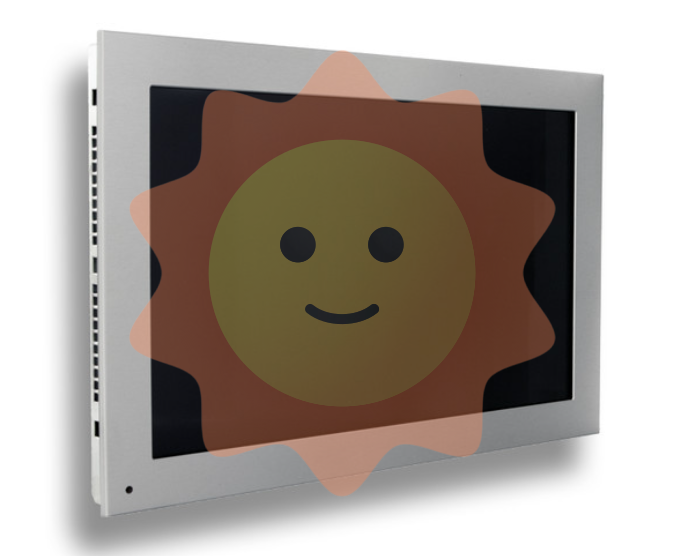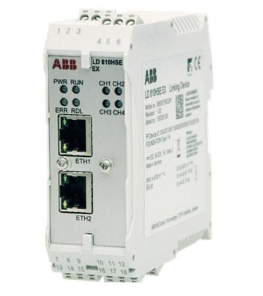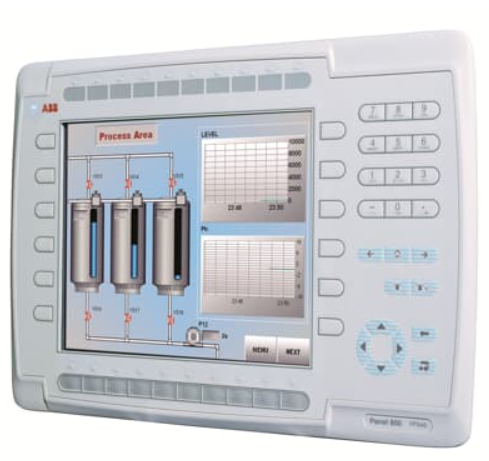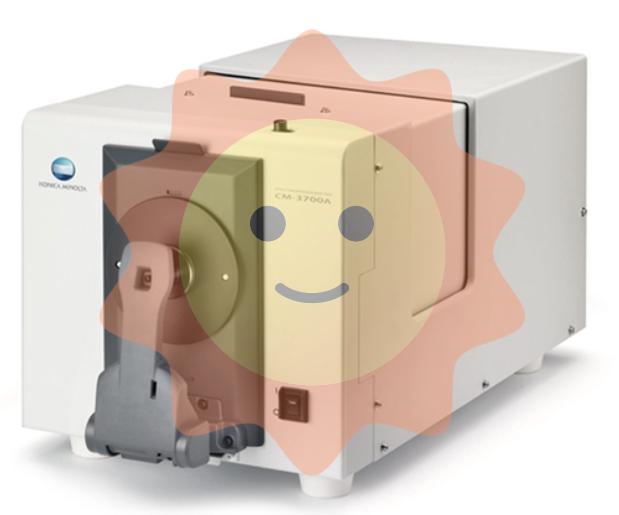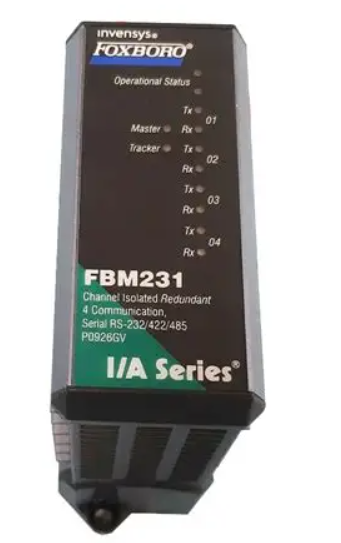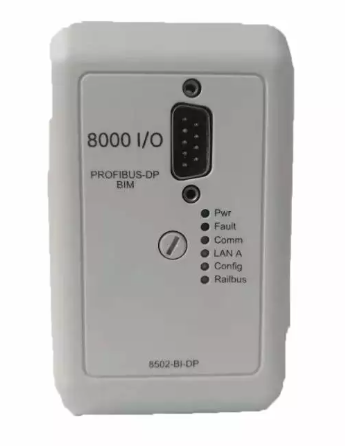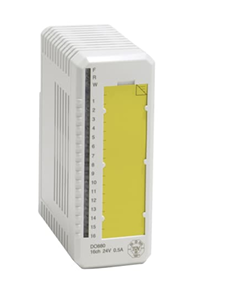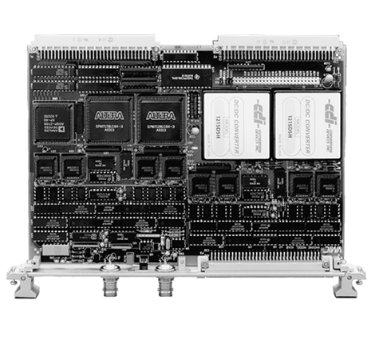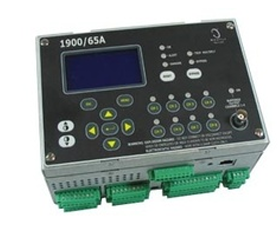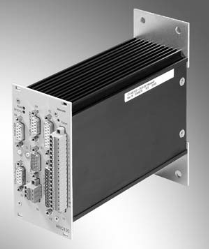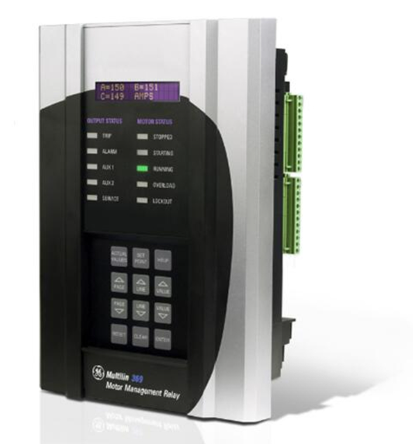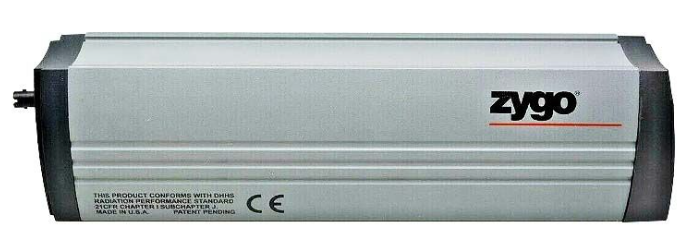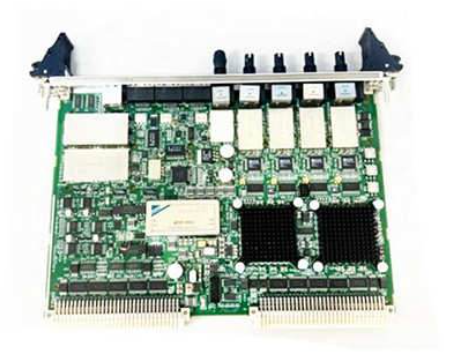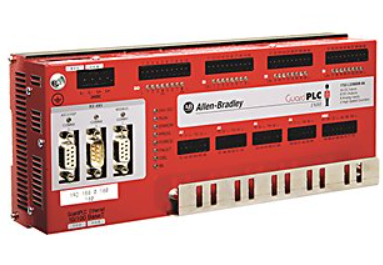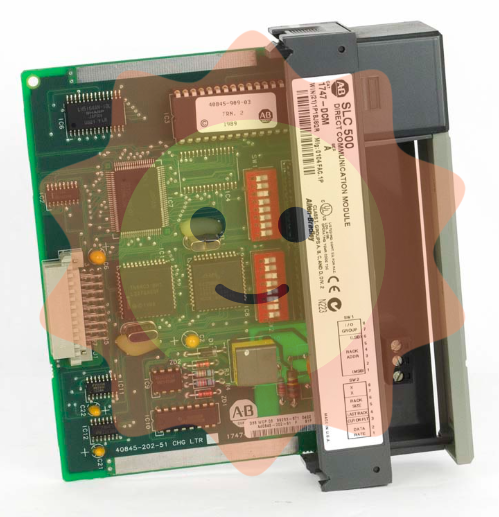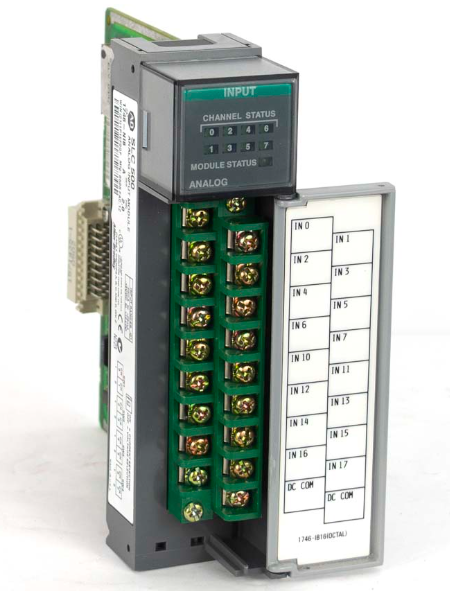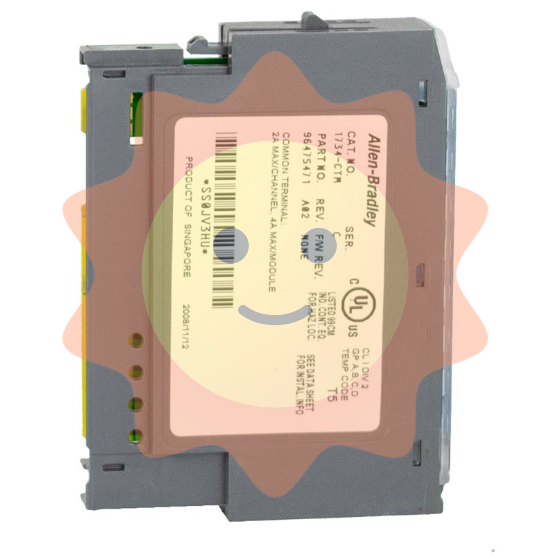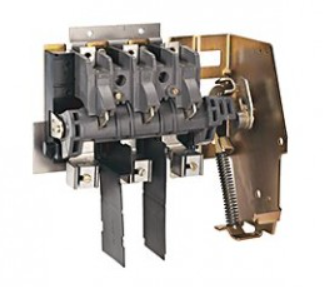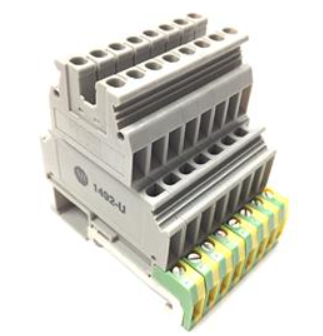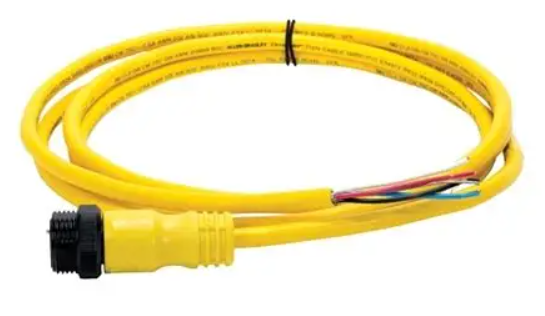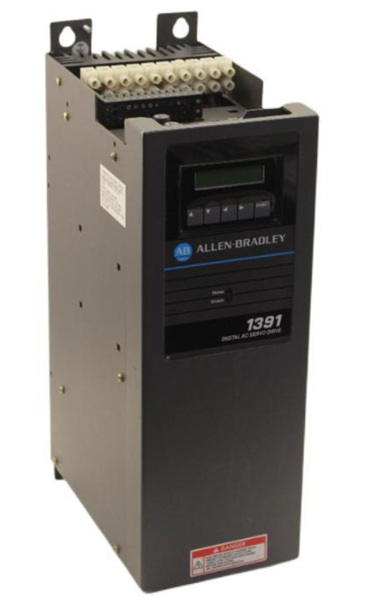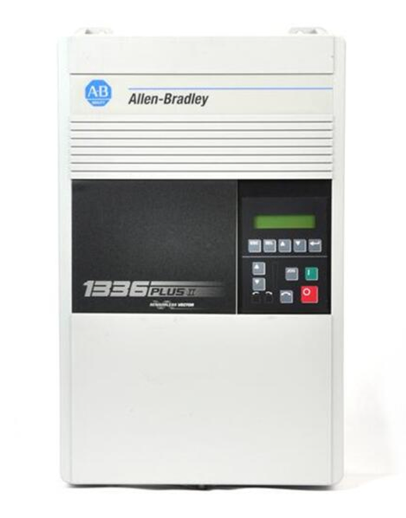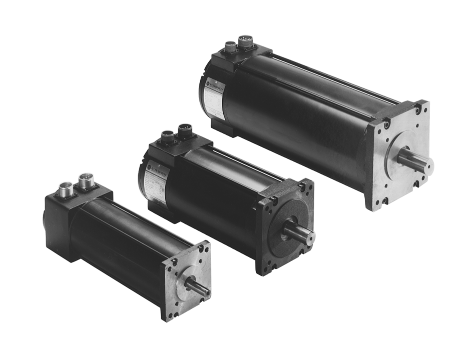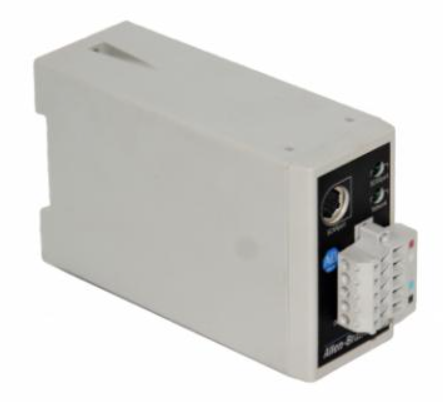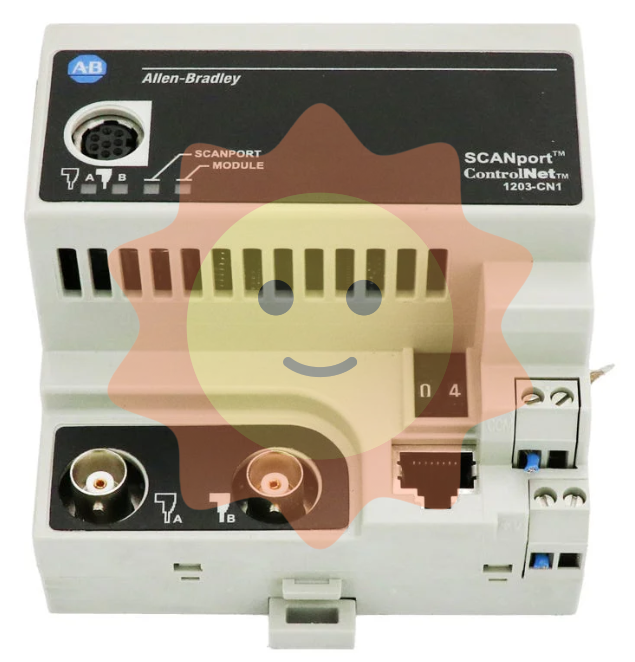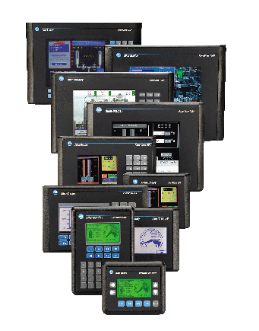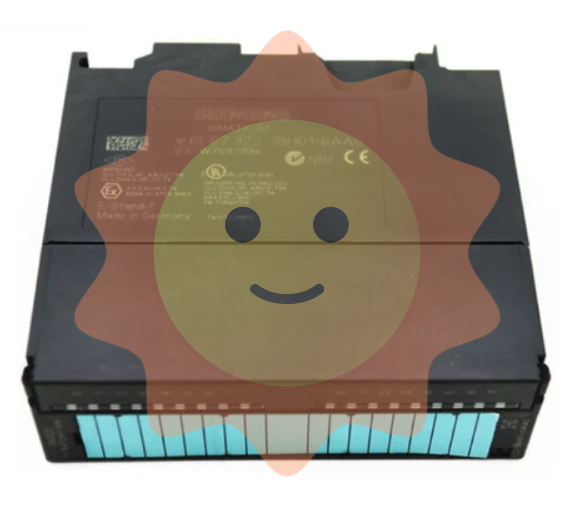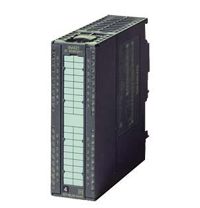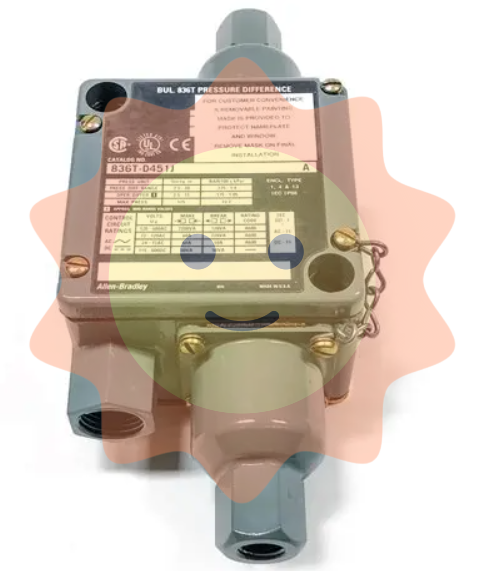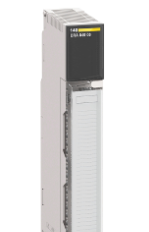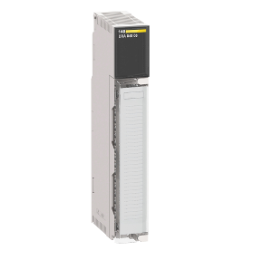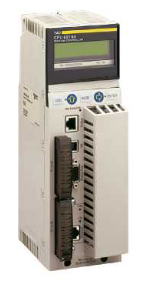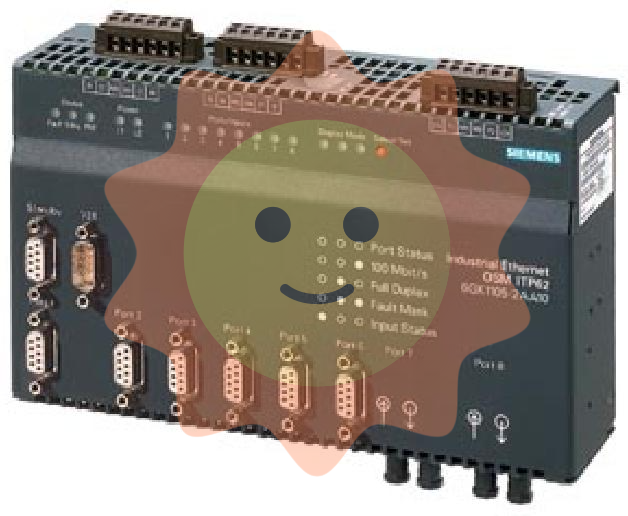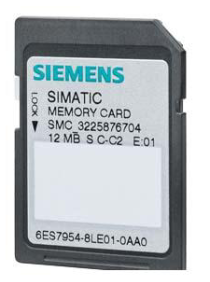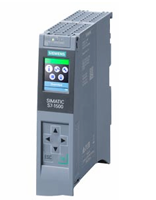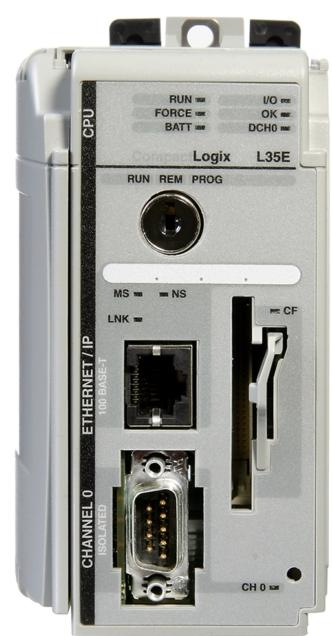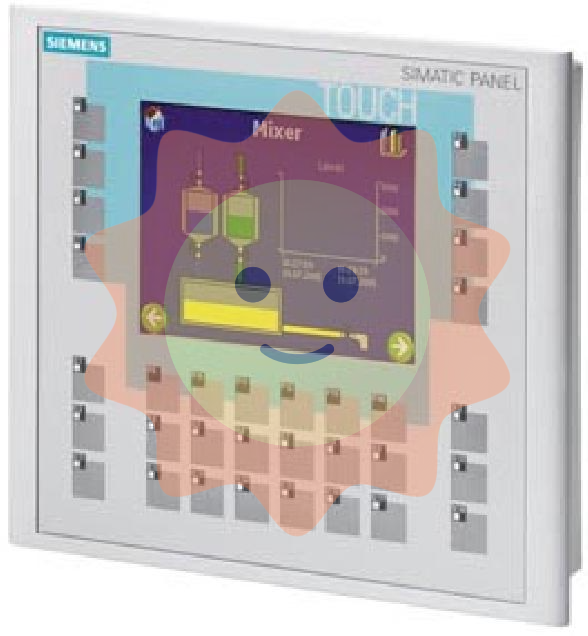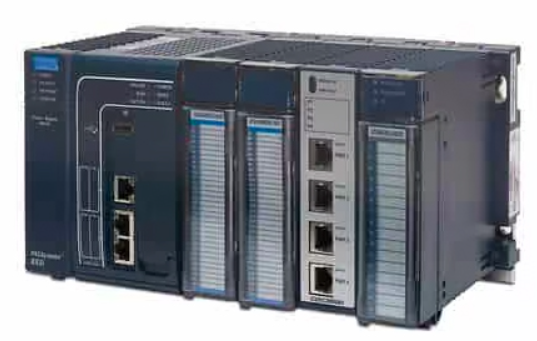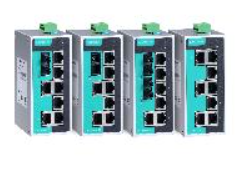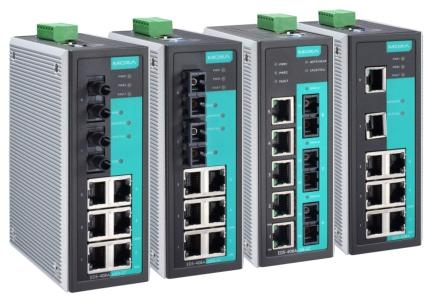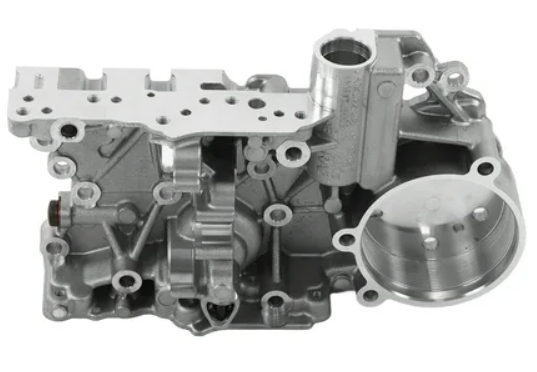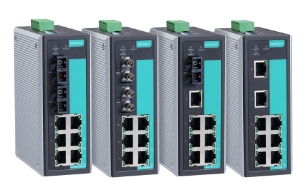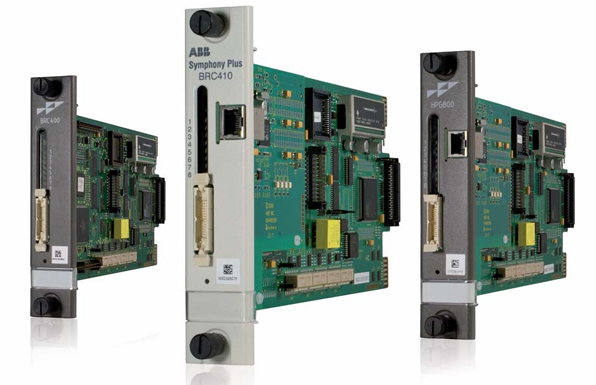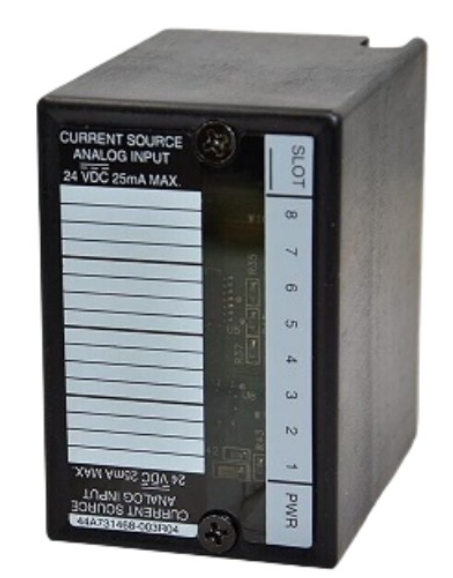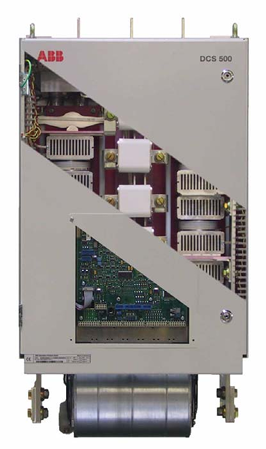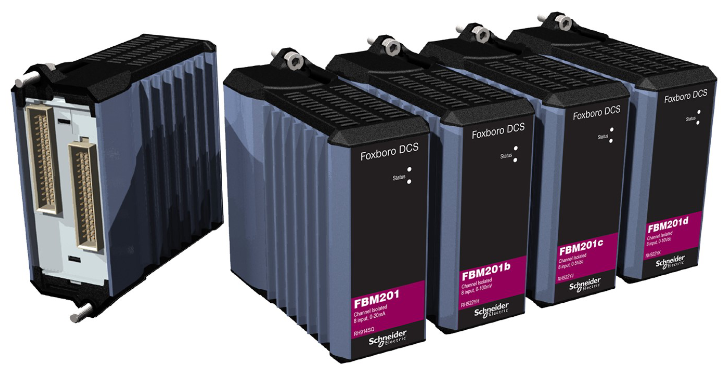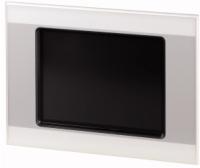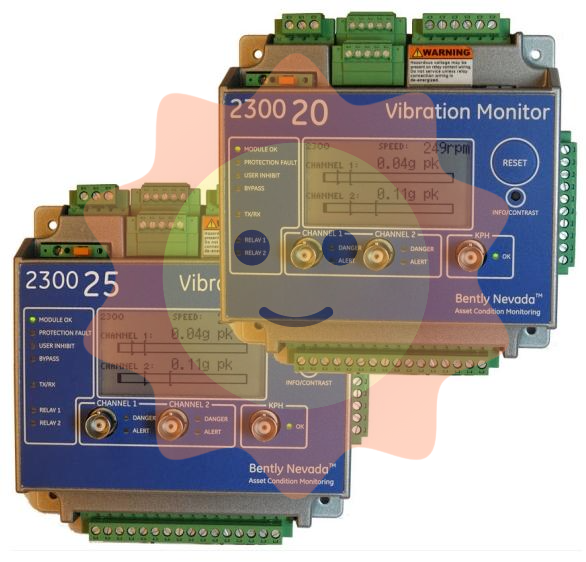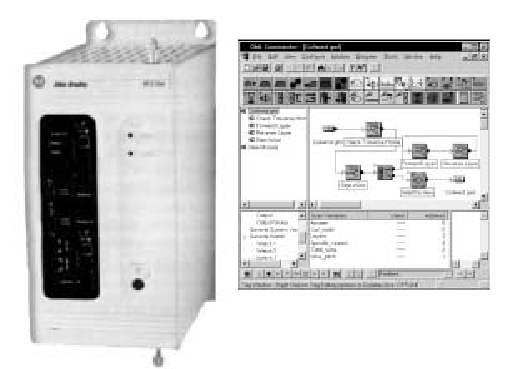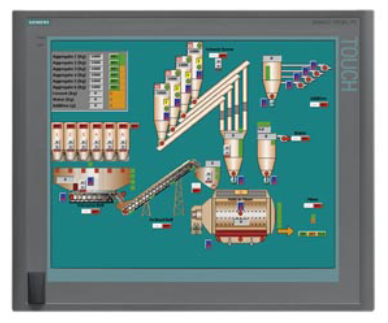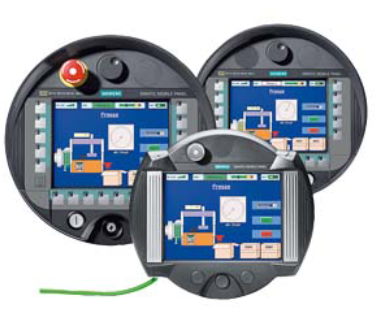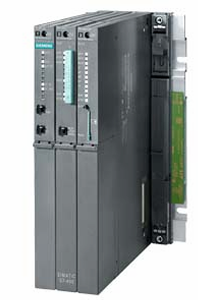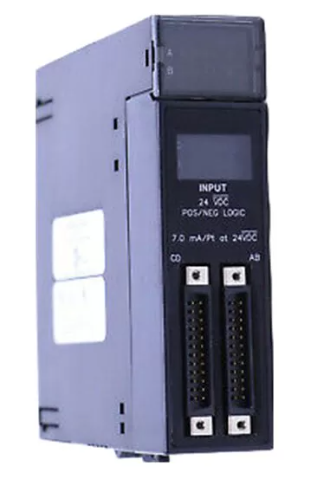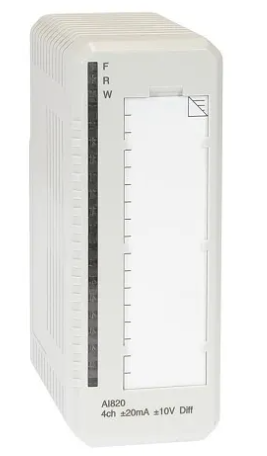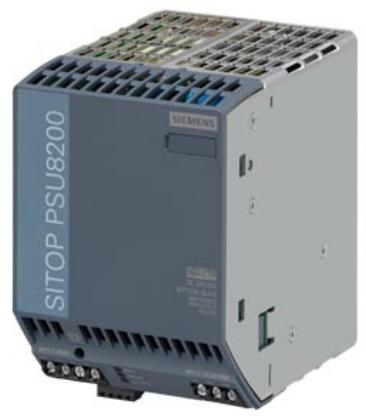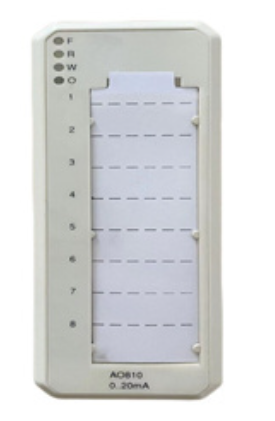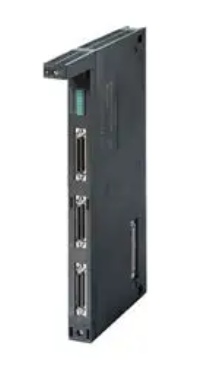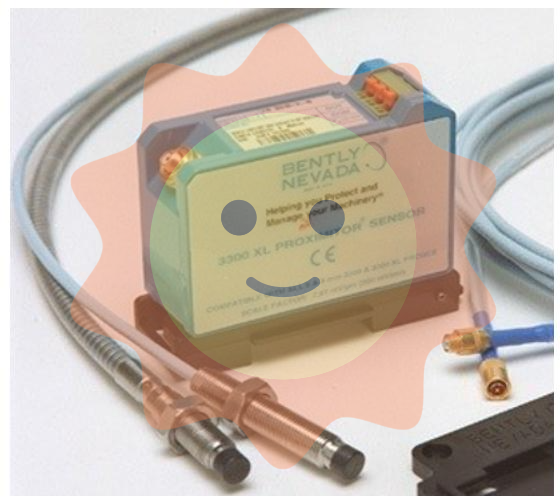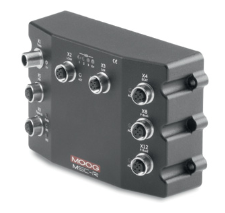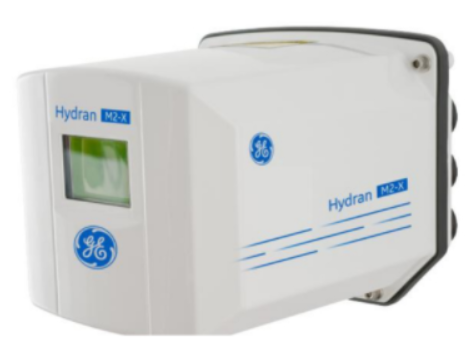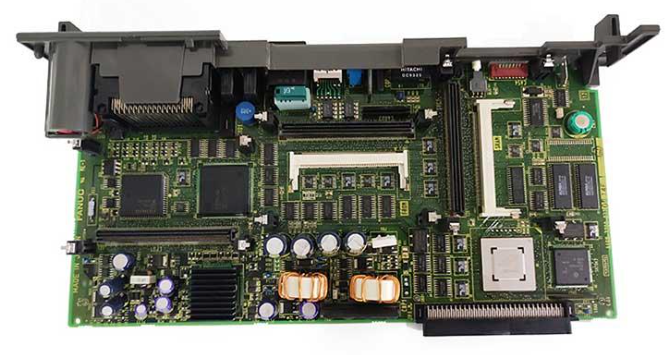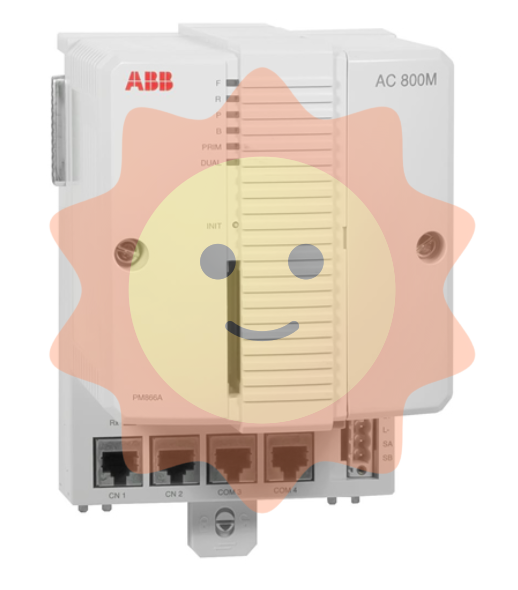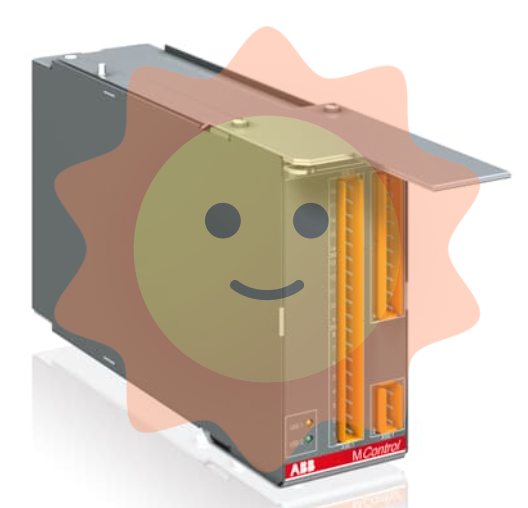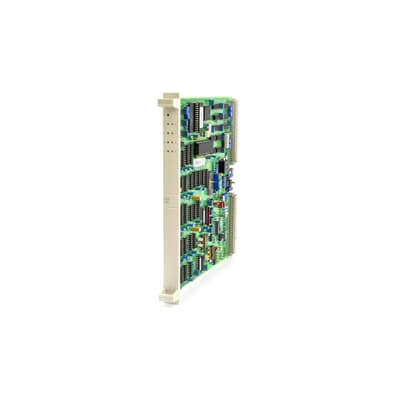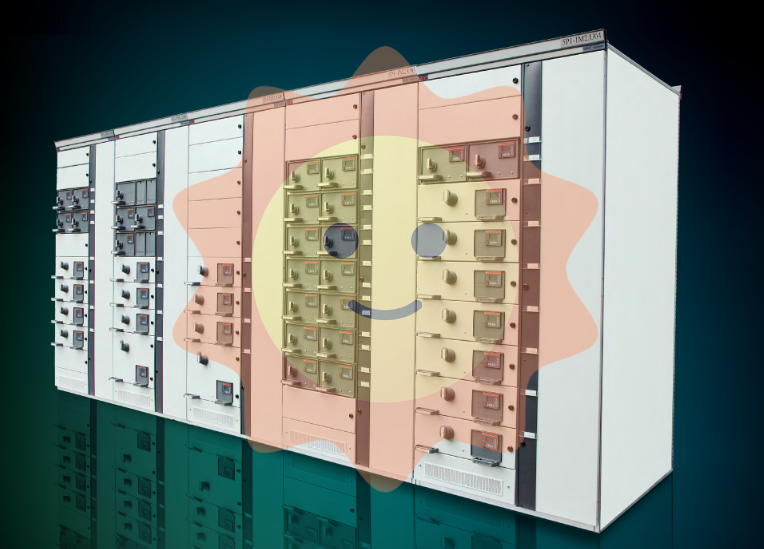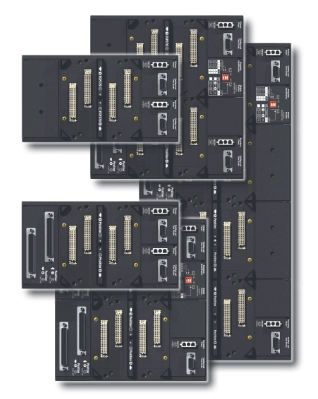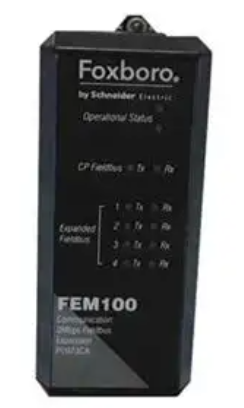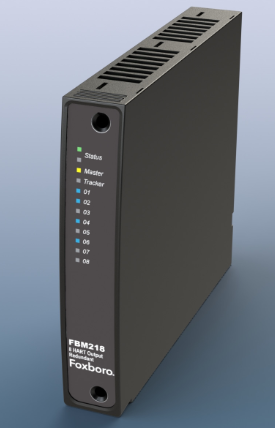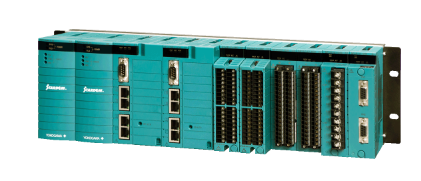GE IS215UCVDH1A E-Net, 2 ISBUS, 1 Genius Module
GE IS215UCVDH1A E-Net, 2 ISBUS, 1 Genius Module
Part Number IS215UCVDH1A Manufacturer General Electric Country of Manufacture As Per GE Manufacturing Policy Series Mark VI/VIe Function Module Availability In StockIS215UCVDH1A is a Mark VI controller module developed by General Electric. With additional modules and depending on whether the system is built as a simplex or TMR system, Mark VI can be scaled to fit the complexity and size of the related turbine system.
The component is powered by an AMD-K6 processor. This processor operates at 300 MHz and has 8 MB of flash memory. The controller is programmed to execute the turbine application code. It runs on the QNX operating system. Three front-faceplate communication ports connect to operator and engineering interfaces. Communication with HMIs and other control equipment via DH Ethernet connections For setup purposes, an RS-232C connection via the COM1 port is used. Connection to the RS-232C port via the COM2 port for communication with the DCS (distributed control systems). The board employs the VCMI communication board to transfer external data to and from the controller's control system database via the VME bus.
An external clock interrupt allows the controller to stay within +/- 100 microseconds of the VCMI. The component employs control block language in conjunction with analog and discrete blocks. The system supports Boolean, 16-bit/32-bit signed integer, and 32-bit/64-bit floating-point data types. COM port 1 is only used for diagnostics and operates at a 9600 baud rate. COM2 is used for serial Modbus communication and has a baud rate of 9600 or 19200. Manufacturers' manuals and user guides can provide additional information about the board and its components.
Main Functions
Power system monitoring and control:
The power interface board can be used for power system monitoring and control equipment to ensure the safe, stable and reliable operation of the power system.
Power plant automation:
In the power plant, it can be used to connect and manage the power supply of the mastering system and monitoring equipment to improve the automation level of the power plant.
Power transformer and distribution:
Applicable to substations and distribution stations, it is used to govern the power supply of transformers, circuit breakers and other equipments to ensure the high efficiency of power transmission and distribution.
Industrial Process Mastering:
In manufacturing and chemical workshops, this power interface board can be used for power management of automation systems, inner and control equipment to enhance productivity and safety.
Building Automation:
It can be used in building automation system, power supply to lighting, air conditioning, security equipment, etc., to achieve intelligent management of building equipment.
Railway flag signal system:
In the railway system, it is used in the power management of railway flag signal equipment and control system to ensure the stable operation of railway signal system.
Smart Grid:
In the smart grid, the power interface board can be used to connect and manage the digital power equipment and promote the intelligent development of the power grid.
Traffic Flag Signal System:
In the traffic flag signal system of routes and intersections, it is used to supply power to the flag master and equipment to ensure the normal display of traffic signals.
Aerospace:
In aviation and aerospace, the power interface board can be used in the control system of aircraft and spacecraft to provide stable and reliable power support.
It is suitable for land initiatives, oilfield equipment and other categories, providing power support for various land engineering equipment.
The IO module has the following main functions
Input Function
The IO module can receive input signals sent by external devices and convert them into digital or analogue signals for use by the computer system or control system. These input signals can come from a variety of sensors, such as temperature sensors, pressure sensors, photosensitive sensors and so on. By receiving and parsing these input signals, the system can monitor and control the external environment in real time.
Output Functions
The IO module is capable of converting the output signals generated by a computer system or control system into the form required by an external device. These output signals are typically used to control actuators such as motors, valves, lights, etc. By sending appropriate output signals to external devices, the system enables control and operation of the external environment.
Data Acquisition and Processing
The IO module is capable of acquiring data from external devices and transferring it to a computer system or control system for further processing. This enables the system to acquire environmental data, status information and user inputs in real time and make appropriate decisions or perform specific tasks based on these data.
Communication Interfaces
IO modules are usually equipped with different types of communication interfaces, such as serial interfaces (RS232, RS485), Ethernet interfaces, CAN bus interfaces, and so on. These interfaces enable IO modules to exchange data and communicate efficiently with computer systems or other external devices.

- User name Member Level Quantity Specification Purchase Date
- Satisfaction :
-









Email:wang@kongjiangauto.com

